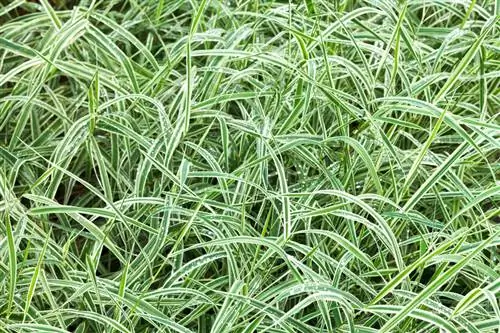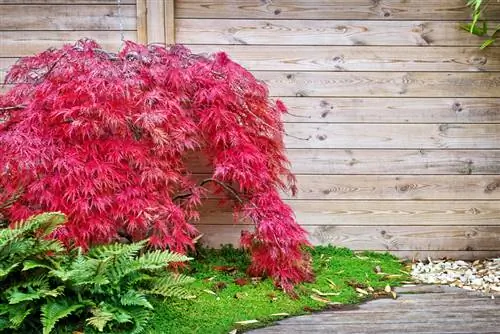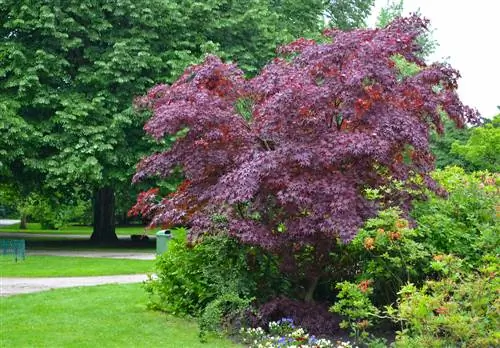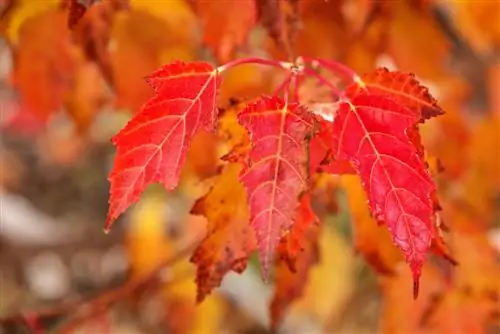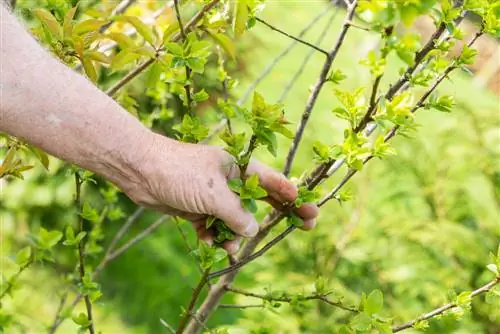- Author admin [email protected].
- Public 2023-12-16 16:46.
- Last modified 2025-01-23 11:20.
The Japanese maple (Acer palmatum) is one of the most popular ornamental trees in German gardens. Red Japanese maple in particular impresses with its distinctive leaf color and the delicate structure of the foliage. The tree-like shrub is also traditionally trained as a bonsai.

Should you cut a Japanese maple and when?
Cutting the Japanese maple can be beneficial in moderation, but they should only be done sparingly. The ideal time to cut is in May and June, with fresh wood preferred and cuts should be treated with wound closure agent.
Cut the fan maple or not?
Usually, maples should not be pruned if possible, as they tolerate pruning poorly due to their high tendency to bleed. The Japanese maple should not be cut more than absolutely necessary, but it is generally easier to cut than other types of maple. Regular pruning can even have advantages for Acer palmatum, as pruning promotes the fine branching of the filigree shrub as well as denser foliage.
The optimal cutting time
As with all other types of maple, the Japanese maple should also be cut at the right time. Pruning in autumn or winter should be avoided at all costs, as the tree is particularly prone to bleeding at this time and fungi and other pathogens can easily penetrate the wood. In addition, cuts should be able to heal in time before winter so that the tree survives the cold season he althy. For this reason, the Japanese maple should be pruned in May or June if possible.
Don't cut into old wood
Furthermore, if possible, only fresh wood is cut, rather than two- or more-year-old wood. The reason for this is the tendency of this year's wood to reliably form new shoots - a tendency that older shoots no longer have. Make sure to always remove shoots one to two centimeters above a bud or branch, because from there the tree will more easily form new side shoots. The remaining residue is treated with a wound closure agent and only removed after it has dried.
Always disinfect cutting tools
Hygiene is particularly important with every pruning - especially in view of the risk of infection with wilt or another fungal disease. The cutting tool should be sharp and freshly disinfected. Disinfection must also be carried out after treatment in order to counteract the possible transmission of pathogens.
Treat cuts with wound closure agent
Due to the high bleeding tendency, it also makes sense to always treat cuts on Japanese maple with a disinfectant wound closure agent. This not only stops bleeding, but also prevents pathogens from penetrating.
Tip
When training a Japanese maple as a bonsai, all shoot tips are first removed in the spring. This measure leads to finer branching, and the tree then develops smaller leaves.


